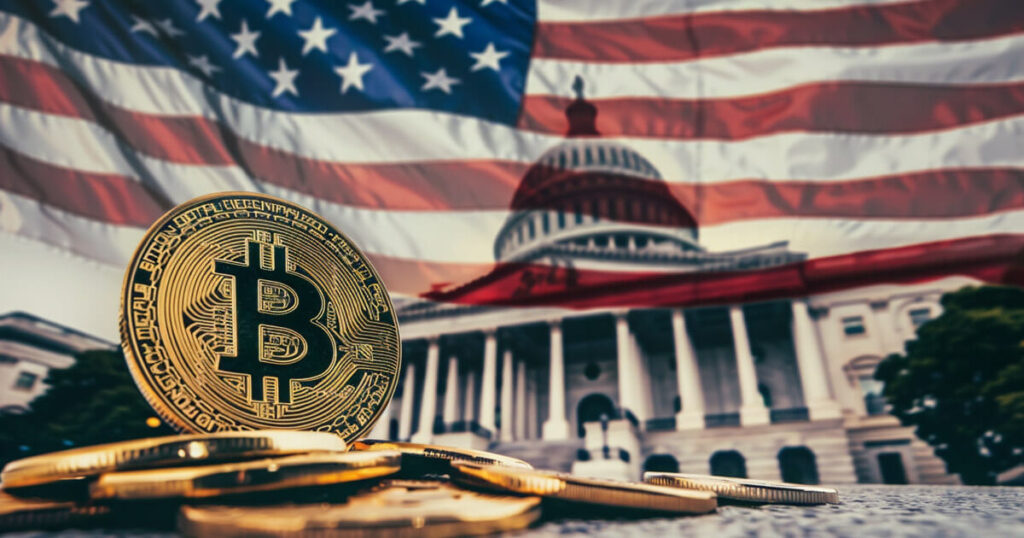The White House’s “Crypto Czar,” David Sacks, recently announced that the crypto working group established by President Donald Trump’s executive order is considering the creation of a Bitcoin reserve as one of its early priorities. However, when asked about the possibility of the US sovereign wealth fund also acquiring Bitcoin, Sacks mentioned that this would be evaluated separately.
The focus of the working group, as outlined by Sacks, includes collaborating with the Securities and Exchange Commission (SEC) to propose a federal regulatory framework for digital assets and stablecoins. Sacks highlighted the need for a structured regulatory environment to differentiate compliant businesses from fraudulent actors and reverse the trend of offshoring crypto innovation that occurred during the previous four years.
During a press conference, Senators Tim Scott, French Hill, John Boozman, and Representative Glenn Thompson also shared their perspectives. Boozman emphasized that the SEC oversees securities, while the Commodity Futures Trading Commission (CFTC) regulates commodities. Thompson contextualized digital assets within the realm of technological evolution, referring to them as part of Internet 3.0—the “internet of value.” Scott stated that the administration’s goal is to pass stablecoin legislation within the first 100 days, followed by broader market structure reforms.
Sacks reiterated the importance of stablecoin legislation in securing the US dollar’s position as the world’s reserve currency. Senator Bill Hagerty introduced the Clarity for Payment Stablecoins Act of 2024 draft, which aims to establish a federal regulatory framework for payment with stablecoins in the US. The bill sets regulatory standards for issuing and managing payment stablecoins, ensuring they are backed by reserves and operate within a structured legal environment.
Key provisions of the bill include maintaining a 1:1 reserve backing using US currency, deposits, Treasury securities, and other liquid assets, along with monthly public disclosures and independent audits. The legislation also addresses customer protection, compliance with anti-money laundering regulations, and the classification of payment stablecoins as non-securities under federal securities laws.
In parallel, the SEC has launched its first crypto task force, led by Commissioner Hester Peirce, known as “Crypto Mom.” The task force aims to develop a regulatory framework that balances investor protection with industry innovation, focusing on defining the security status of crypto assets, reviewing frameworks for token offerings, exploring custody solutions, and fostering cross-border regulatory cooperation.
These regulatory developments signal a significant shift towards clarity and oversight within the digital asset sector, reinforcing the US dollar’s role in global finance and promoting compliance and innovation in the industry.

